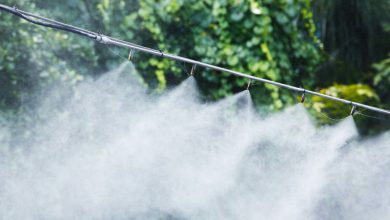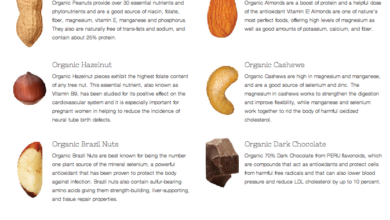Problems of cultivation of the Trunk of Brazil
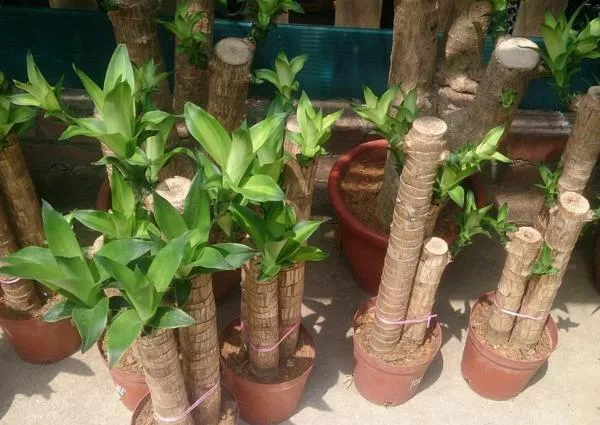
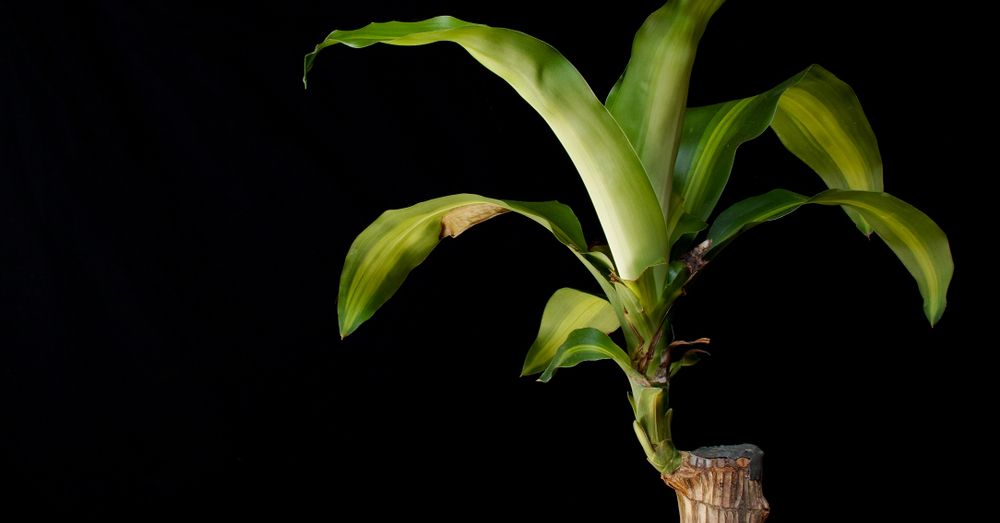
The Brazil Trunk is one of the most popular plants in any interior. A plant with a tropical point that captivates, fundamentally, for its upright bearing and vertical growth. Two factors that make it the perfect natural point for both a large space and a small one. Beyond its shape, its color will dress up any space. And we say colorful because the Trunk of Brazil is characterized by leaves that play with different shades of green. A look that gives it an irresistible dynamism.
But in addition to the beauty of the Trunk of Brazil, there is another aspect that makes this plant essential: its care. As well as being incredibly hardy, it is suitable for any level of plant knowledge. Their demands are few but yes: it is necessary to strictly comply with them.
And it is in this aspect that we want to delve today. In identifying those signals that a Trunk of Brazil can give us to warn us that it is not in top shape. A way to learn more about the symptoms and be able to solve it. Only in this way will we enjoy this plant for what it is: a green ally of any decoration.
CARE OF THE TRUNK OF BRAZIL
Before seeing the problems that usually arise in the cultivation of the Trunk of Brazil, it is important to know what it demands. To begin with, it is essential to remember that it is a family belonging to indoor plants. An aspect that is often forgotten when, taking advantage of the summer temperatures, we take it outside. As much as it may seem like a good idea to us, it is important to weigh whether the climate in which we live is the most suitable for it. And, for this, nothing like discovering their needs.
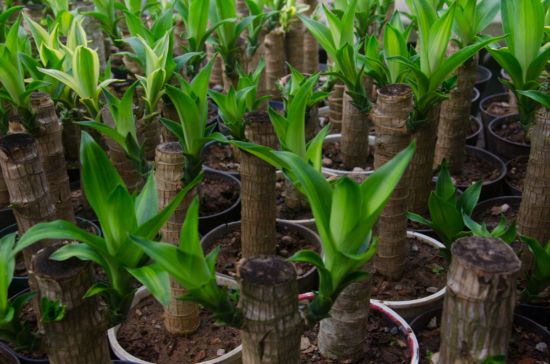
- To begin with, it is necessary to understand that the Trunk of Brazil comes from the country that baptizes it and, therefore, from a tropical climate. This directly marks one of its great needs: environmental humidity. Something that cannot be renounced and that forces us to spray its leaves with warm water two or three times a week. Another option to provide it with that degree it demands is to place a pot with wet stones or even other green plants nearby.
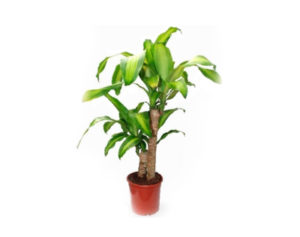
- It is important not to confuse humidity with irrigation. Because, despite its origins, the Trunk of Brazil does not need a high guideline to live. On the contrary: it only requires a slightly moist substrate, especially in the winter months. For the cold months, the ideal is to water once a week or even every 15 days if the temperature of the house is cool. In summer we can increase the guideline, but always guided by the state of the substrate.
- Temperature is another vital aspect. This plant does not tolerate being below 5 degrees. And, if we want to ensure its growth, it should be in a range between 21 and 24 degrees. In addition, it is important to keep it away from drafts and also from sudden changes in temperature at night.
- Nor should we confuse this need for heat with putting the plant in the sun. The Trunk of Brazil demands a lot of light, but does not tolerate direct sun. Something that the specimens whose leaves are variegated suffer even more.
Lastly, two tips. On the one hand, always keep your sheets clean with the help of a damp cloth. This gesture, removing dust from its leaves, will save us from having to think about how to eliminate the pests that can afflict the plant. And the truth is that there are a few that pay attention to it: aphids, mealybugs and spider mites are the most common. It is also not free from fungal attacks. Something that we can avoid if we are restrained with the irrigation, with the spraying of water or wring out the cloth with which we clean the leaves.
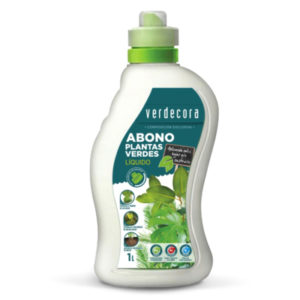
Finally, it does not hurt to promote the growth and vigor of this plant. The ideal is to apply a fertilizer for green plants every 15 days in the spring and summer months. It is recommended that we choose a liquid one, to be able to dilute it in the irrigation water.
7 SYMPTOMS THAT A TRUNK FROM BRAZIL HAS A PROBLEM
And, now that we know how to grow a Brazil Log, let’s look at some signs that something is wrong. Symptoms that our plant has some kind of problem that, by tackling it from the beginning, has an easy solution.
Seven different scenarios in which we can find our plant, and what should be known to be able to solve.
1. A trunk from Brazil with brown burns on the leaves
One of the most common symptoms of this type of plants. If we detect them, we will be facing a trunk from Brazil that has received direct light. Ideally, find a new location, away from a window. It also usually happens when we have sprayed the leaves with water, and we have placed it near a light source.
2. New leaves are small and misshapen
It is usually the symptom of a lack of fertilizer. It will only be necessary to start fertilizing every 15 days until you see. This same solution is also valid if we see that our plant does not grow.
3. Brazil trunk leaves are yellow and droopy
The plant is suffering from excess water. The ideal is to stop any irrigation until the substrate dries. With it dry, we will water again, lengthening the risks. It also does not hurt to check the drainage system, in case it is clogged or the pot is not evacuating water correctly.
4. The leaves have lost color
It can be due to two reasons: either it is a lack of light or a lack of fertilizer. It is best to change its location, so that it is in a brighter place. And, in parallel, start paying every two weeks to strengthen the plant.
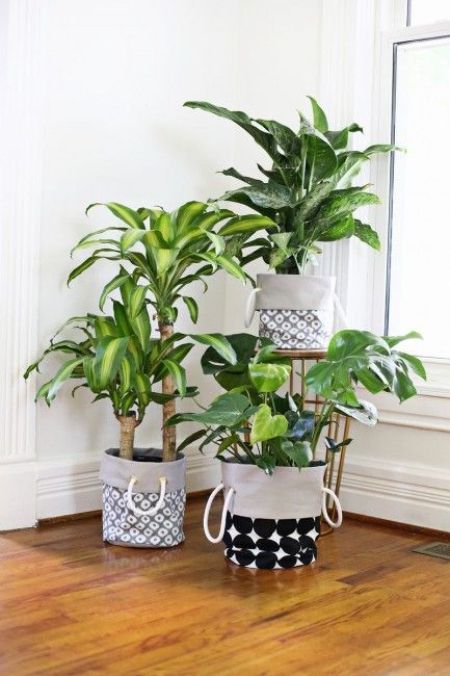
5. Leaves are drooping, curling down, with yellow edges and brown tips
A clear example of a lack of water or excess heat. In addition to increasing irrigation, the ideal is that we simultaneously place it in a cooler place. Finally, and if it is very hot, it is worth spraying its leaves so that it does not dehydrate.
6. The lower leaves of the trunk of Brazil fall off
Although it may be part of the natural cycle of the Brazilian trunk, it may be due to other reasons. Sometimes, a sudden change in temperature causes the same effect. You just have to find a warmer place and wait for them to sprout again.
7. The end of the leaves rot and, at the same time, the leaves fall off
It is a clear symptom of excessive cold or of having exposed the trunk of Brazil to a current of air. It will be enough to place it in a place with more than 15 degrees.
And, now that you know what care it requires and how to solve any problem, do you dare to include the Brazil trunk among your indoor plants?

![Photo of Prune Kumquats: [Importance, Season, Tools, Considerations and Steps]](https://www.complete-gardening.com/wp-content/uploads/2022/08/prune-kumquats-importance-season-tools-considerations-and-steps-390x220.jpg)

